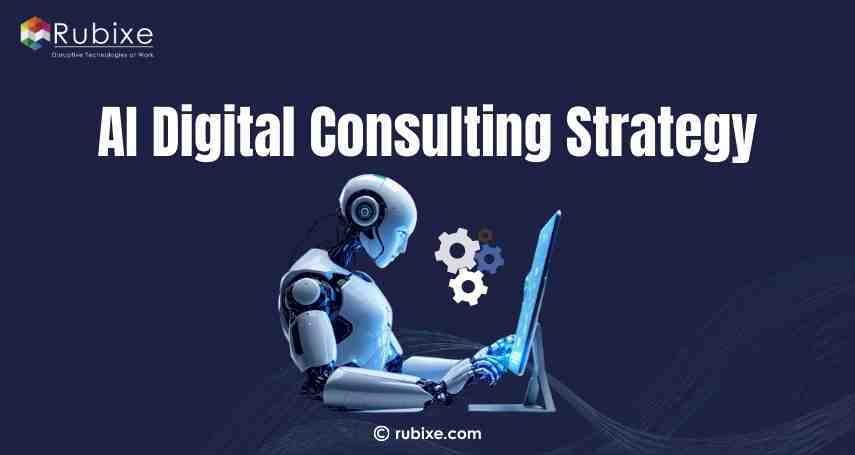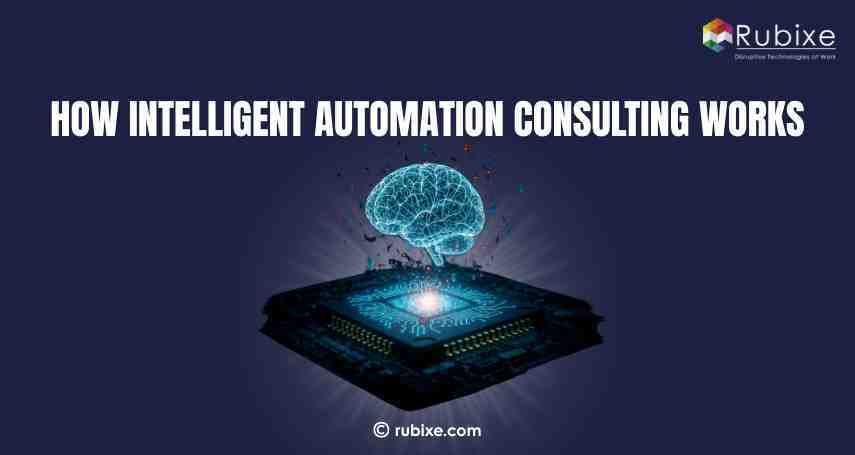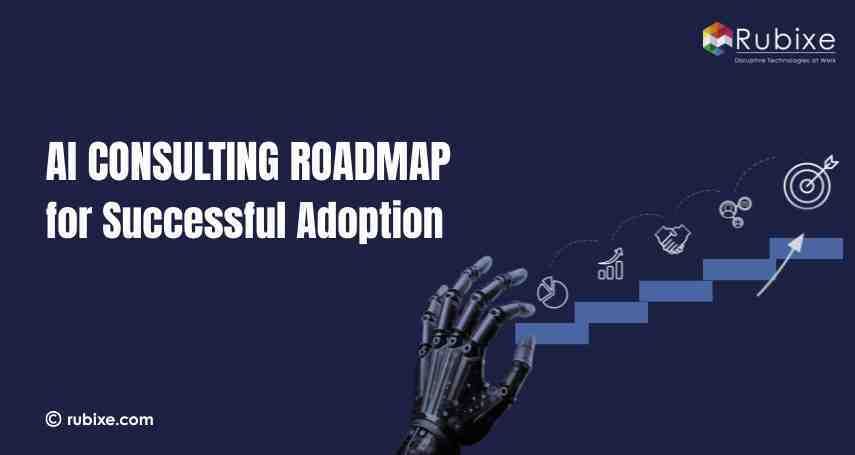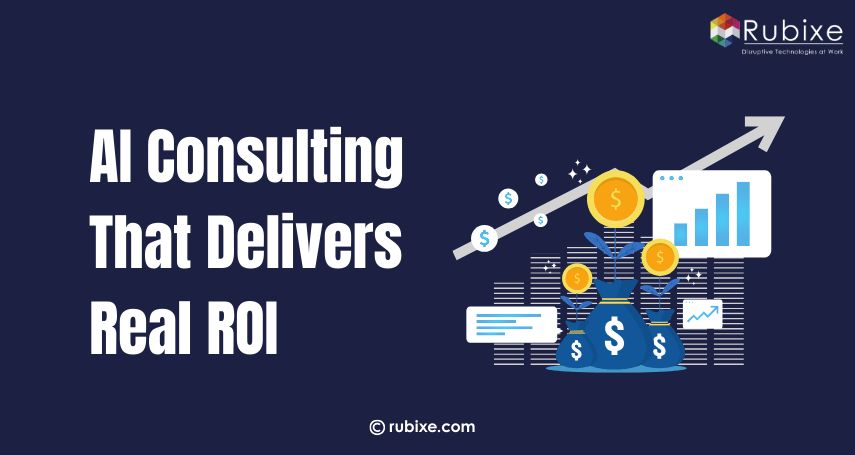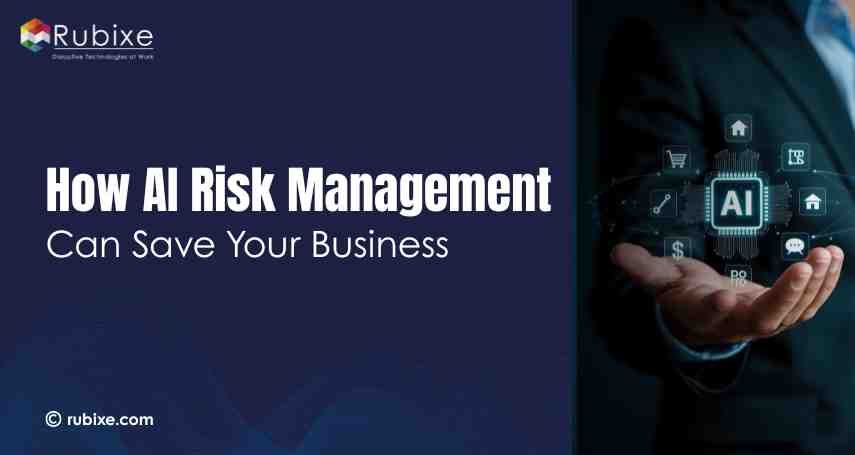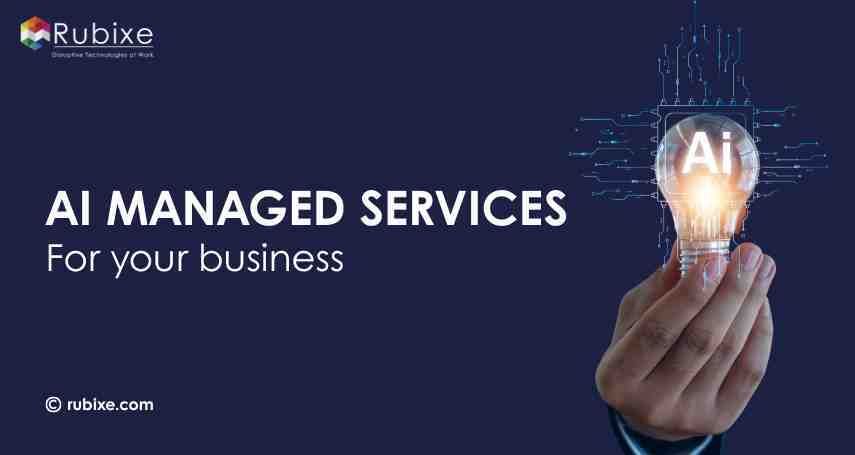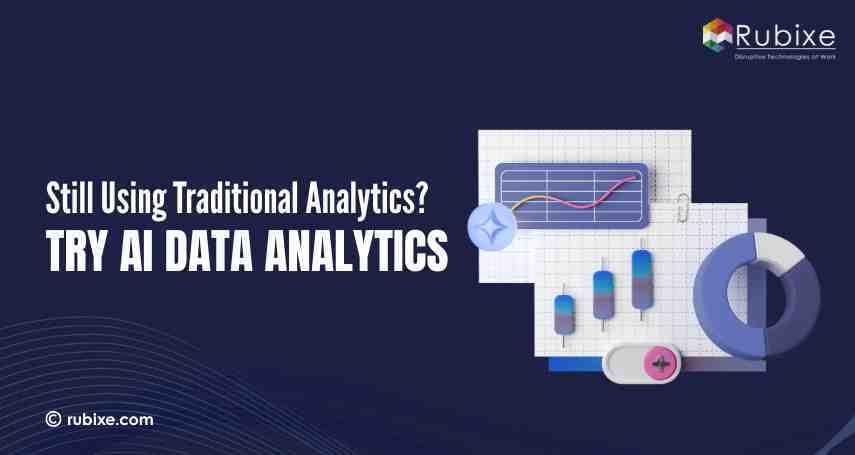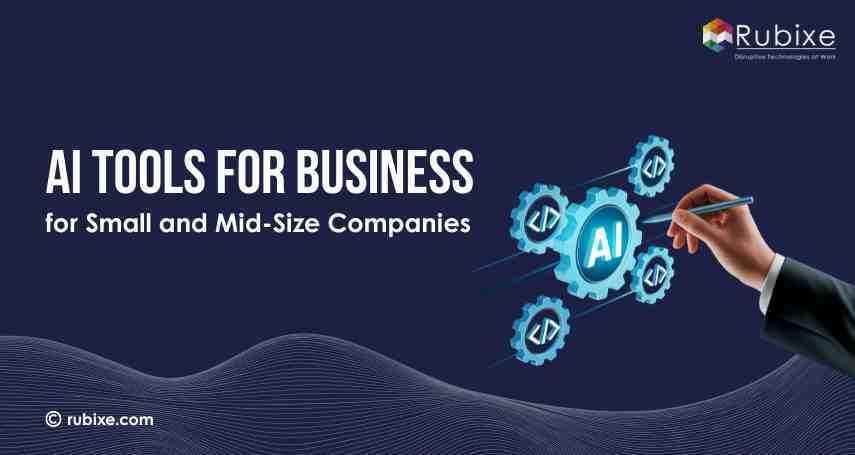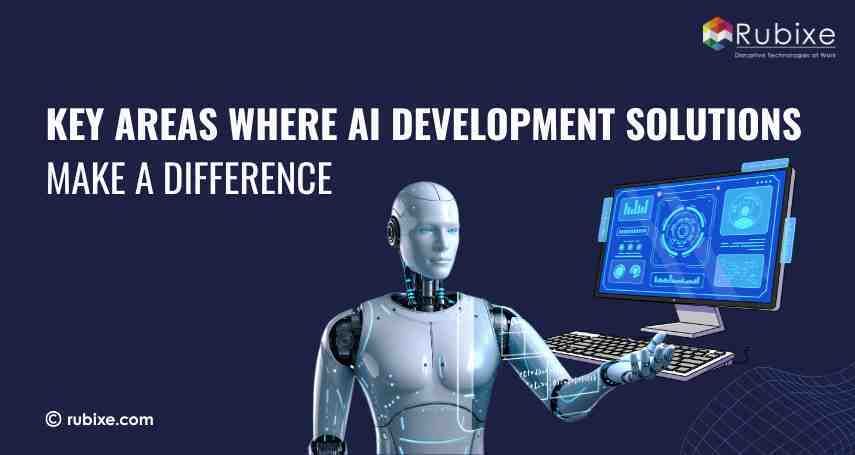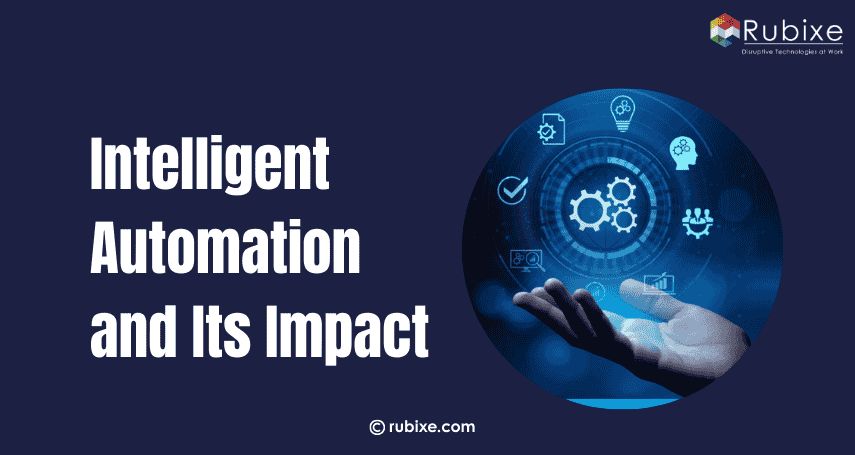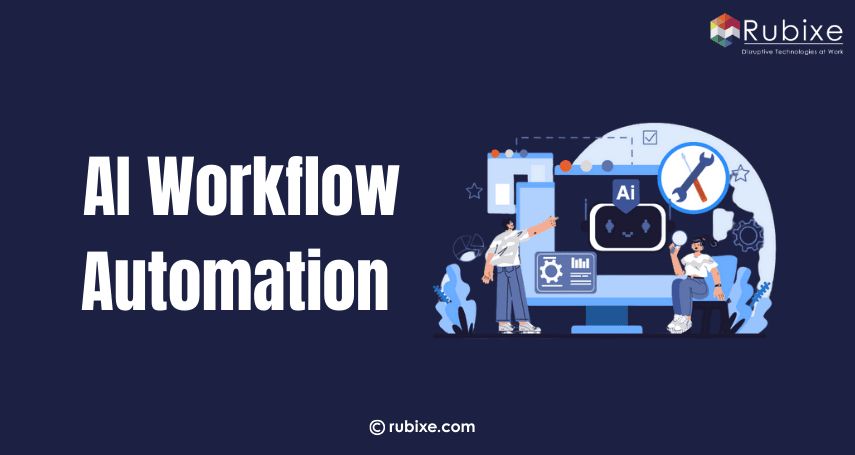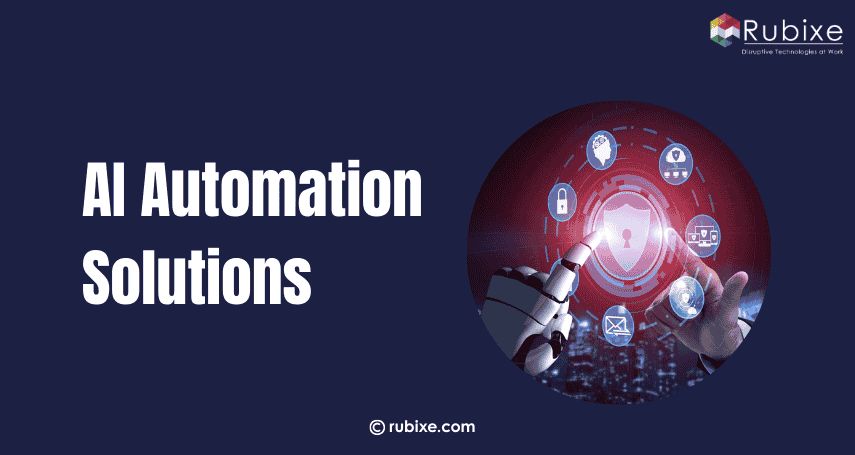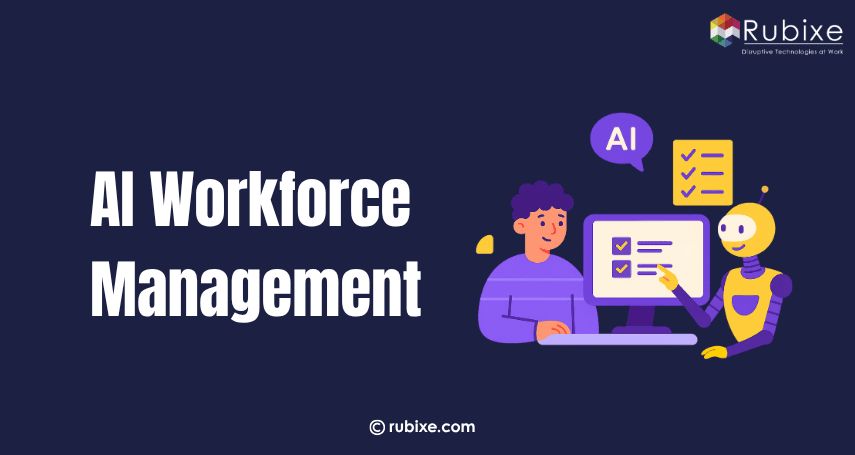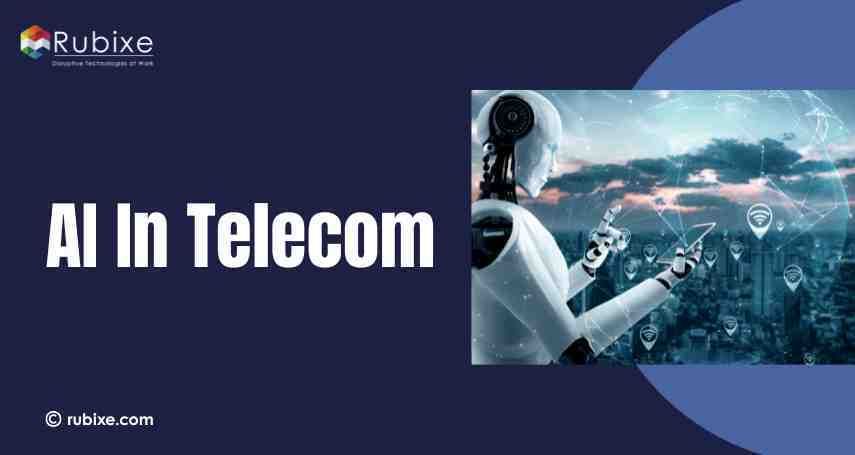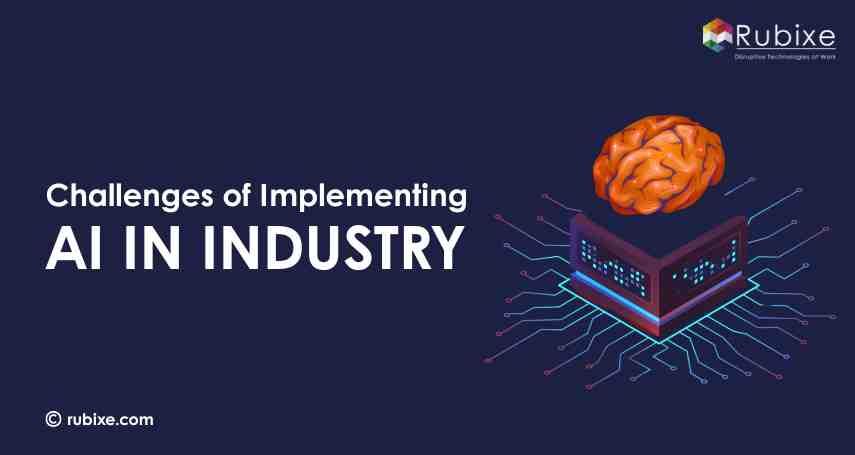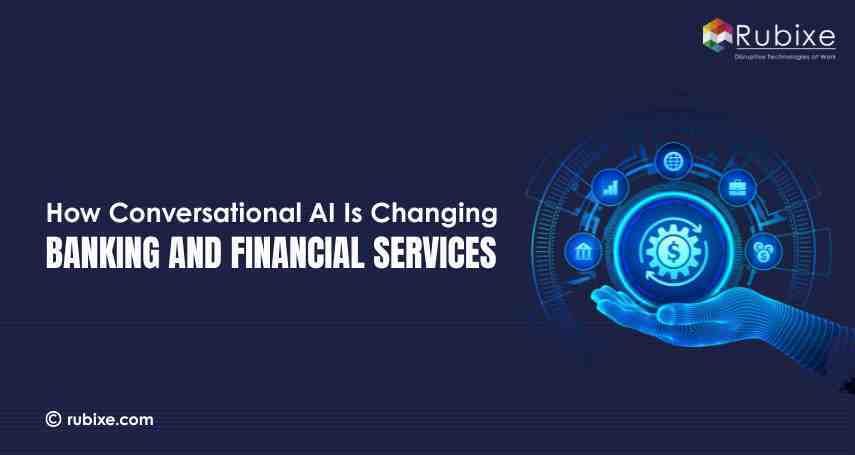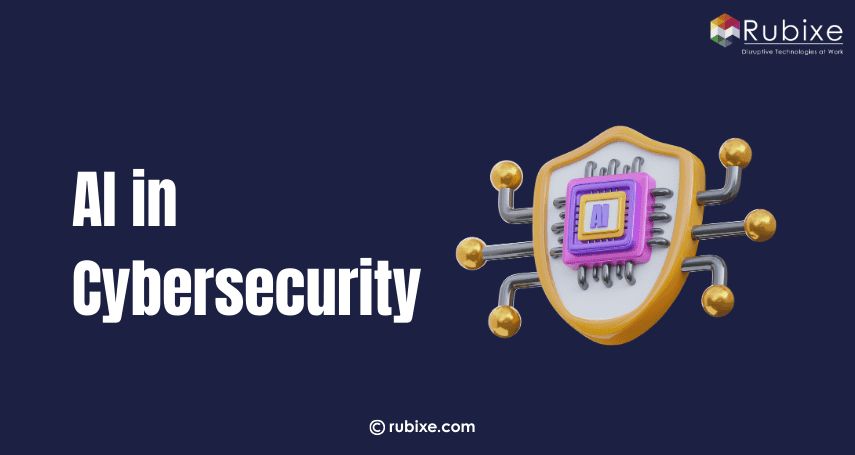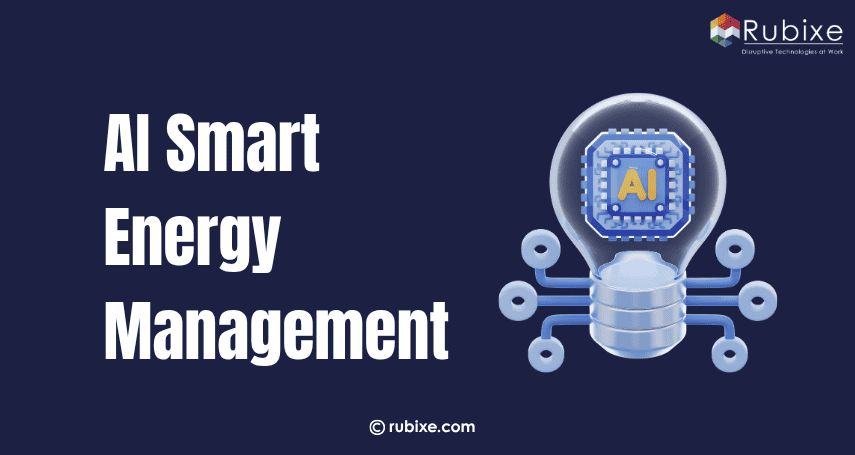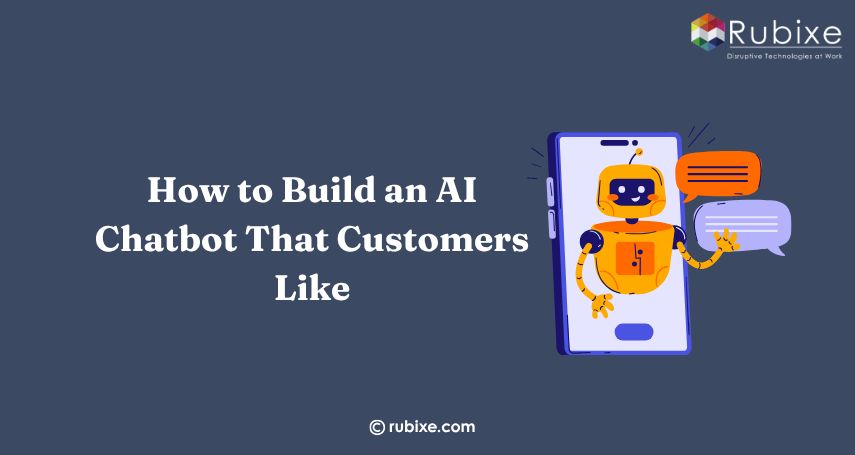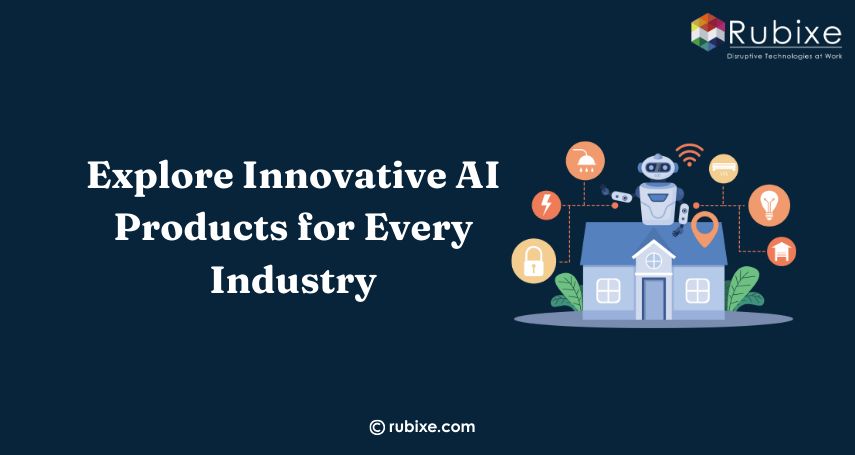AI in Pest Control: Transforming the Industry
AI pest control is changing the industry by streamlining detection, automating treatments, and improving service. It helps businesses boost efficiency and customer satisfaction.
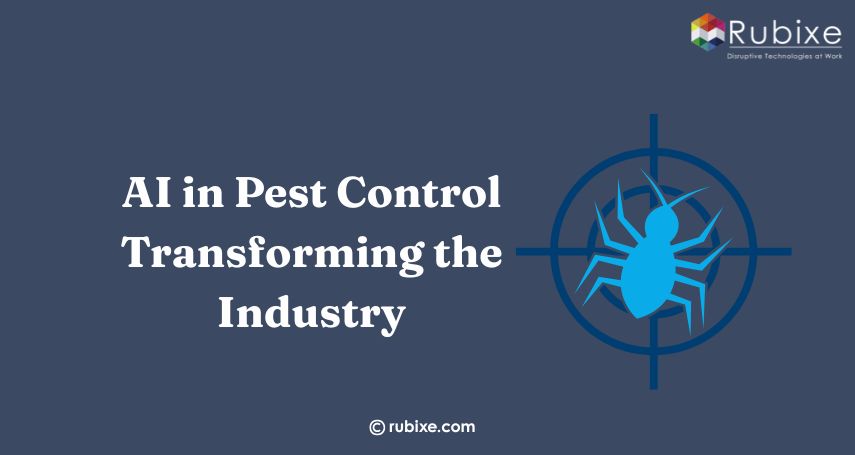
The pest control industry is undergoing a major transformation with the rise of artificial intelligence. As demand for smarter, faster, and more efficient pest management grows, AI services are helping companies automate operations, streamline detection and treatment, and deliver an enhanced customer experience. With the AI Products like pest control and more
How AI Can Help in Pest Control
Although still emerging, AI is already transforming pest control by automating detection, tracking pest activity, creating customized treatment strategies, and forecasting pest outbreaks to prevent infestations before they occur.
It also enables innovative hybrid approaches such as combining pheromone traps with remote sensing for real-time monitoring. These advanced solutions represent a significant step forward in crop protection. With such systems in place, supported by advanced AI services, farmers can fine-tune their use of biological agents or pesticides, applying them more precisely and effectively based on real-time insights.
Automated Pest Detection
Modern AI-based detection systems use a combination of sensors and cameras to automatically identify and track pest activity. These systems gather data such as thermal signatures, motion, and acoustic signals. With the help of machine learning, the collected data is compared to large reference datasets, allowing the AI to accurately detect pests and recommend suitable response strategies.
Key Advantages of Automated Pest Detection
-
Timely Intervention: Early alerts enable pest control teams to respond proactively, often neutralizing threats before they spread. This can significantly reduce the need for chemical treatments.
-
Greater Precision: Predictive modeling and confirmed detections allow specialists to target affected areas more effectively, minimizing unnecessary pesticide application.
-
Lower Operational Costs: Since AI systems operate continuously without fatigue, they reduce dependence on manual inspections and lower overall labor expenses.
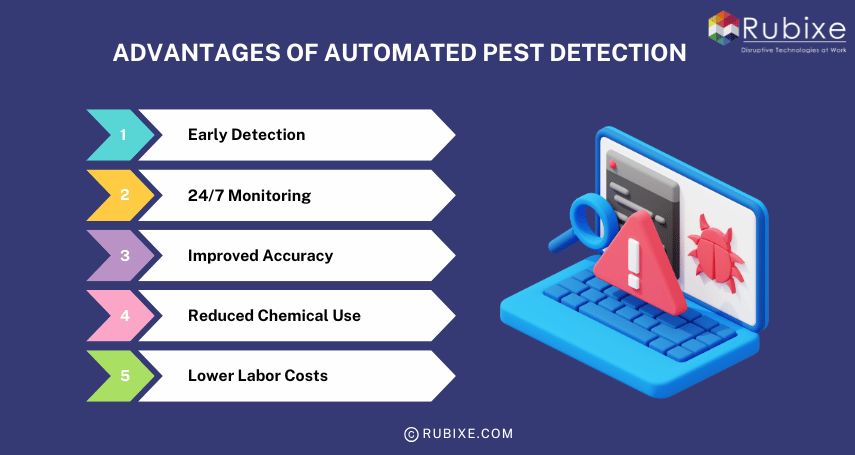
Proactive Pest Control with Predictive AI Models
Artificial intelligence is changing how pest management is approached by forecasting pest activity before it turns into a full-blown infestation. Through the use of advanced algorithms, AI analyzes large datasets, including historical weather conditions, insect life cycles, migration patterns, and prior outbreak records, to build predictive models.
Benefits of Predictive Modeling in Pest Management
-
Proactive Response: Instead of reacting after damage is done, predictive insights allow pest control teams to plan and respond in advance, leading to faster and more precise intervention.
-
Optimized Chemical Use: With better forecasting, technicians apply pesticides only where and when needed, minimizing waste and environmental impact.
-
Cost Efficiency: Reducing unnecessary treatments and crop losses results in significant savings for farmers and pest control companies alike.
Case Study: The precision agriculture platform Semios collaborated with Google to forecast pest threats in high-value crops. One notable achievement was helping almond growers boost yield by deploying AI to reduce a specific moth species by over 1.5 billion, an impressive example of how predictive modeling can directly impact productivity and sustainability.
Smart Pest Control with Autonomous AI Devices
AI-powered autonomous pest management devices such as drones and robotic systems are redefining efficiency in the pest control industry. These machines use advanced sensors, computer vision, and machine learning to identify pest issues and respond without human intervention.
Through professional AI consulting and customized AI services, businesses can implement these technologies to optimize operations and scale with confidence.
Key benefits include:
-
Increased coverage: One robot can cover more area than multiple technicians, performing repetitive tasks without fatigue or error.
-
Reduced human labor: Automation of tasks like weed control frees technicians to focus on complex decision-making and strategic interventions.
-
Improved safety and environmental impact: Robots operate in hazardous or hard-to-reach environments and often use fewer chemicals, only in targeted amounts.
-
Higher efficiency: Autonomous systems work around the clock, offering consistent monitoring and timely interventions while reducing the need for manual inspection.
Limitations of Artificial Intelligence in Pest Control
AI has the potential to revolutionize pest control, but it's important to set realistic expectations, as the technology is still emerging in the industry and faces some key limitations. While AI offers major advantages for pest control, it also comes with a few challenges:
-
Data Accuracy: AI relies on large, high-quality datasets. Inaccurate or outdated data, especially with changing weather patterns or pest behavior, can impact results.
-
Human Oversight: AI supports technicians but doesn’t replace them. Ongoing supervision is needed to verify results and handle edge cases or system errors.
-
Cost of Implementation: Many AI pest control solutions are still emerging and may require custom development, which can be expensive for smaller companies.
Enhancing Pest Control Operations with AI Services
-
Automated Scheduling and Routing: AI-powered systems streamline technician schedules and plan the most efficient routes, saving time and fuel costs.
-
Smarter Billing and Invoicing: AI tools handle recurring billing, invoice generation, and payment tracking with minimal manual input.
-
Real-Time Dashboards: Get actionable insights through live data analytics to track performance, monitor jobs, and make better decisions.
-
Data-Driven Reporting: AI generates detailed reports that help identify trends, inefficiencies, and areas for improvement across operations.
-
Reduced Manual Effort: Automation eliminates repetitive tasks, allowing field teams to focus more on delivering quality service.
-
Better Customer Experience: AI improves response time, communication, and personalization, leading to increased satisfaction and repeat business.
The Future of AI Pest Control in Farming
As agriculture embraces digital transformation, AI services and AI consulting are becoming central to modern pest control strategies. By combining automation, precision, and predictive intelligence, AI is reshaping how farmers detect, prevent, and manage pests, leading to smarter, safer, and more sustainable farming practices.
-
Advanced Predictive Analytics: AI will become even better at forecasting pest outbreaks, helping farmers take action early and minimize damage.
-
Integration with IoT Devices: Smart traps, drones, and field sensors will continuously feed data to AI systems for real-time monitoring and rapid response.
-
Autonomous Farm Robots: AI-powered machines will take on repetitive tasks like targeted spraying and pest identification, improving efficiency and safety.
-
AI-Driven Decision Support: Farmers will receive instant, data-backed recommendations tailored to their crop type, geography, and pest risk.
-
Environmentally Sustainable Practices: AI consulting will support eco-conscious approaches by reducing chemical dependency and promoting precision application.
-
Accessible AI Platforms for Small Farms: As AI tools become more affordable, smaller agricultural businesses will gain access to advanced pest control solutions once limited to large enterprises.
At Rubixe®, we help pest control and agricultural businesses harness the full power of AI through expert AI consulting and tailored AI services. From automating detection and scheduling to enhancing real-time insights and customer experiences, our solutions are built to improve efficiency, reduce costs, and drive smarter decision-making.
